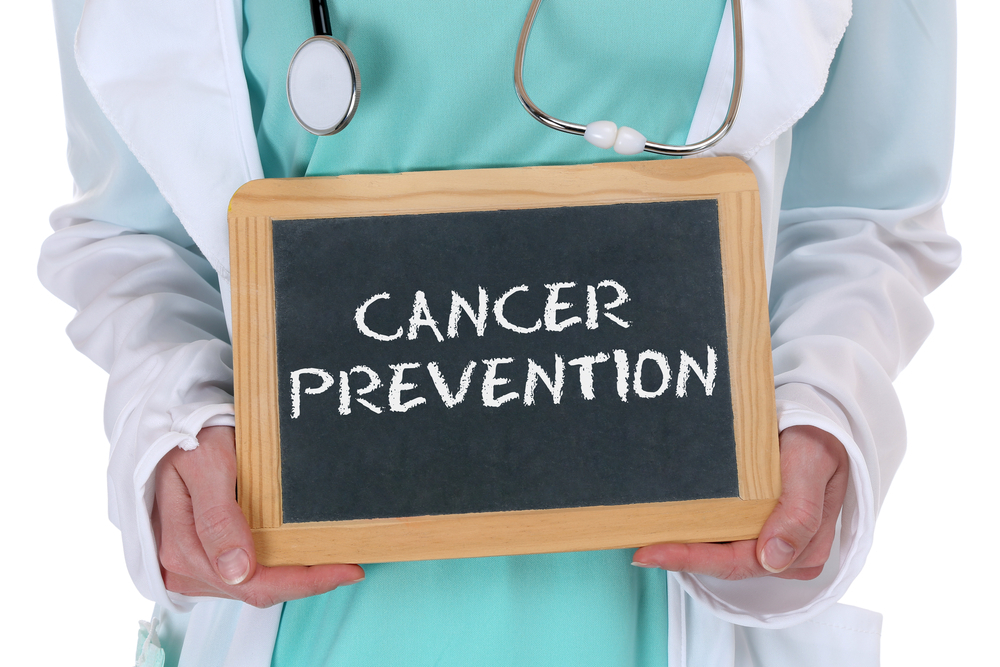Sexually transmitted diseases (STDs) causes ,symptoms and treatments

Sexually transmitted diseases (STDs) represent a significant public health concern globally. Understanding the causes, symptoms, and treatments for these infections is crucial for maintaining sexual health. In this comprehensive guide, we delve into the intricacies of STDs, shedding light on vital information for individuals seeking clarity and guidance.
Causes of Sexual Transmitted Diseases
Sexually transmitted diseases are primarily caused by bacteria, viruses, and parasites that are transmitted through sexual contact. These microorganisms can infect the genital, anal, or oral regions, leading to various diseases. Common STDs and their causes include:
- Chlamydia: Caused by the bacterium Chlamydia trachomatis, this infection is one of the most prevalent STDs worldwide.
- Gonorrhoea: Neisseria gonorrhoeae, a bacterium, is responsible for causing gonorrhoea, which can affect the genitals, rectum, and throat.
- Syphilis: Treponema pallidum, a bacterium, causes syphilis, a chronic sexually transmitted infection that progresses through stages if left untreated.
- Human Immunodeficiency Virus (HIV): HIV is a virus that attacks the immune system, leading to acquired immunodeficiency syndrome (AIDS) if untreated. It is primarily transmitted through sexual contact or exposure to infected blood.
- Human Papillomavirus (HPV): HPV is a group of viruses that can cause genital warts and various cancers, including cervical, anal, and throat cancer.
Understanding the causes of STDs is the first step in prevention and early intervention.
Symptoms of Sexual Transmitted Diseases
STDs can manifest with a wide range of symptoms or may remain asymptomatic, making diagnosis challenging without proper testing. However, common symptoms associated with STDs include:
- Genital Discharge: Unusual discharge from the penis or vagina may indicate infections such as chlamydia, gonorrhoea, or trichomoniasis.
- Pain or Burning Sensation: Pain or burning during urination can be a symptom of various STDs, including chlamydia, gonorrhoea, and herpes.
- Genital Sores or Ulcers: Open sores or ulcers in the genital area may be a sign of syphilis, herpes, or chancroid.
- Genital Itching or Irritation: Persistent itching or irritation in the genital region can indicate the presence of pubic lice or scabies.
- Rash or Redness: Some STDs, such as syphilis and HIV, can cause skin rashes or redness, particularly on the palms of the hands or soles of the feet.
It's essential to note that not all individuals with STDs will experience symptoms, making regular testing crucial for early detection and treatment.
Risk Factors for Sexually Transmitted Infections
Several factors increase the risk of contracting sexually transmitted infections:
- Unprotected Sex: Engaging in sexual activity without using condoms or other barrier methods increases the risk of STD transmission.
- Unregulated Tattoos: Unregulated tattoos carry health risks, including STD transmission, due to improper sterilization and hygiene practices.
- History of STDs: Individuals who have previously been diagnosed with an STD are at a higher risk of contracting another infection.
- Drug or Alcohol Use: Substance abuse can impair judgment and lead to risky sexual behaviors, increasing the risk of STD transmission.
- Lack of Access to Healthcare: Limited access to sexual health services, including testing and treatment, can contribute to the spread of STDs within communities.
- Sharing Needles while Using Intravenous Drugs: Sharing needles during intravenous drug use increases the risk of contracting HIV, hepatitis B, and hepatitis C due to the direct exchange of bodily fluids.
Awareness of these risk factors empowers individuals to make informed decisions about their sexual health and take proactive measures to reduce their risk of contracting STDs.
Diagnosis and Testing for STDs
Diagnosing STDs typically involves a combination of medical history assessment, physical examination, and laboratory testing. Common methods used for STD testing include:
- Nucleic Acid Amplification Tests (NAATs): NAATs are highly sensitive tests that detect the genetic material of bacteria or viruses, allowing for the accurate diagnosis of infections such as chlamydia, gonorrhoea, and HIV.
- Blood Tests: Blood tests can detect antibodies produced by the immune system in response to certain STDs, including syphilis and HIV.
- Urinalysis: Urine samples may be collected to detect the presence of bacteria or other pathogens indicative of urinary tract infections or STDs.
- Visual Examination: Healthcare providers may visually inspect the genital area for signs of infection, such as sores, lesions, or abnormal discharge.
Early diagnosis and treatment of STDs are critical for preventing complications and reducing the risk of transmission to sexual partners. Individuals should undergo regular STD testing.
Treatments for Sexually Transmitted Diseases
Treatment for STDs varies depending on the type of infection but often involves the use of antibiotics, antiviral medications, or other targeted therapies. Common treatments for STDs include:
- Antibiotics: Bacterial infections such as chlamydia, gonorrhoea, and syphilis can usually be treated with antibiotics prescribed by a healthcare provider. It's essential to complete the full course of medication as prescribed to ensure the infection is fully eradicated.
- Antiviral Medications: Viral infections such as herpes and HIV require antiviral medications to manage symptoms and suppress viral replication. While these medications cannot cure the infection, they can help control outbreaks and reduce the risk of transmission.
- Topical Treatments: Some STDs, such as genital warts caused by HPV, may be treated with topical medications or procedures to remove warts and reduce their recurrence.
- Partner Notification and Treatment: Individuals diagnosed with an STD should inform their sexual partners to facilitate testing and treatment to prevent further spread of the infection.
ASTO Labs offers comprehensive testing services to detect STDs, including Chlamydia Trachomatis IgG Antibodies, Acid Phosphatase Total, and HIV 1&2 (Spot) tests. These tests play a crucial role in early detection and management, allowing healthcare providers to offer appropriate treatment and support to affected individuals. Through reliable testing services like those provided by ASTO Labs, individuals can take proactive steps to safeguard their sexual health and well-being.
Conclusion
Sexually transmitted diseases pose significant challenges to public health, but with knowledge, awareness, and proactive measures, individuals can protect themselves and their partners from infection. Understanding the causes, symptoms, and treatments for STDs is key to promoting sexual health and well-being. Regular testing, and seeking prompt medical treatment when necessary are essential steps in preventing the spread of STDs and maintaining a healthy lifestyle.






